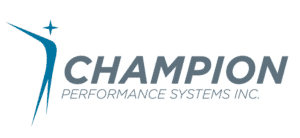KPI (Key Performance Indicator) is a well-known acronym in the professional world, and every business that is decent at what they do is measuring against them.
However, most are unaware that KPI has two meanings: key performance indicator and kept promise indicator.
For the sake of clarity, I’ll explain both.
Key Performance Indicators
Key performance indicators are quantifiable metrics that help you assess whether you’re on target to meet your goals. Example KPIs include revenue, number of new customers, pipeline count, number of leads, employee turnover, number of sales, store traffic, etc.
Lagging vs. Leading Indicators
Typically, they’re also a prime example of lagging indicators, or outcomes that only indicate the results of past programs and campaigns. Something already happened for you to measure these metrics.
Conversely, leading indicators are KPIs that offer predictions on future results.
A classic example is sales: let’s say you’re working in the sales department of a company and you make twenty sales calls a week, two of which result in a transaction on average (and you are tracking these, right?). In this scenario:
- The two sales you made are a lagging indicator … results!
- The twenty phone calls are the leading indicator … activities!
The difference is that leading indicators are actionable — you either make sales calls or you don’t. And they’re predictive —theory is, if you make twenty calls and get two sales, then thirty calls would result in three sales.
The goal is to have a balance of both leading and lagging indicators.
Kept Promise Indicators
A kept promise indicator is a forward-thinking twist on the KPIs you’re tracking today, which tend to be leading indicators. The distinction between the two types of KPIs is that kept promise indicators are actionable, influenceable, and measurable.
Moreover, kept promise indicators tend to be client-facing, meaning you can get a better gauge of your customer’s needs and build better relationships with them.
Here’s an example using an information technology (IT) company. When customers have an IT problem, nothing is more frustrating than being put on hold for long periods of time and transferred around to multiple customer service reps. To tackle this all-too-common customer experience problem, the IT company promises that all calls will be answered by a real person within three rings. Impressive, right? This is a kept promise indicator because it’s something the company can influence and is client-facing. This activity is influenceable, measurable and predictive of the client experience.
To top it off, the company promises they can resolve your IT problem in an hour or less, another great kept promise indicator they’re measuring. And when they do it well, it’s predictive of a positive client experience.
The Takeaway
“Key performance indicators are like the instruments that measure the temperature and barometric pressure.”
– Ken Larson
It’s nice to know if the temperature has increased or decreased, but it’s pivotal to know if a storm is coming, which is where the kept promise indicator comes into play.
Ultimately, these measures work together providing a more holistic view of the situation.
In a business setting, key performance indicators are almost always lagging, and tend to be based on financials. Too many organizations are disproportionately focused on the financial KPIs and don’t have a healthy balance of measurements in place for the rest of the business.
It’s a breakthrough for a leader or a team to understand that they need to focus just as much on leading indicators as lagging — there must be a balance of the two because the leading influences the lagging.
To uncover your own kept promise indicators, ask yourself:
- What’s the most important result (product, service, etc.) my customers want from me?
- What promise can I make to my customers that is under my influence, and the measurable action I can take that’s going to provide the best result?
- How would the consistent delivery of this kept promise indicator provide my customers with an even better experience?
Usually, you’ll find that it’s something you hadn’t even thought about measuring, something brand new. And once you start measuring it, the results will be unbelievable.










